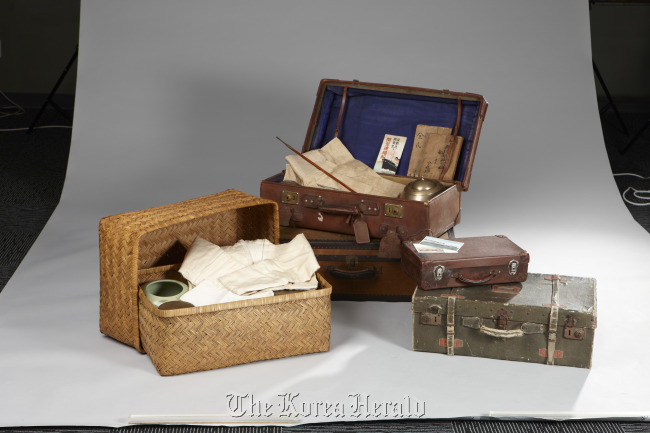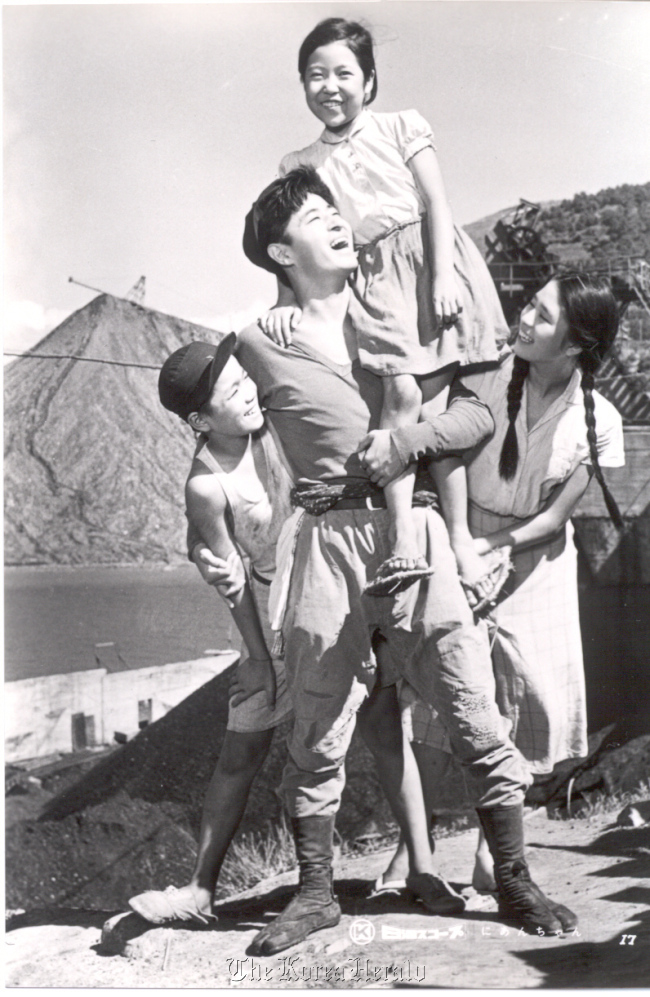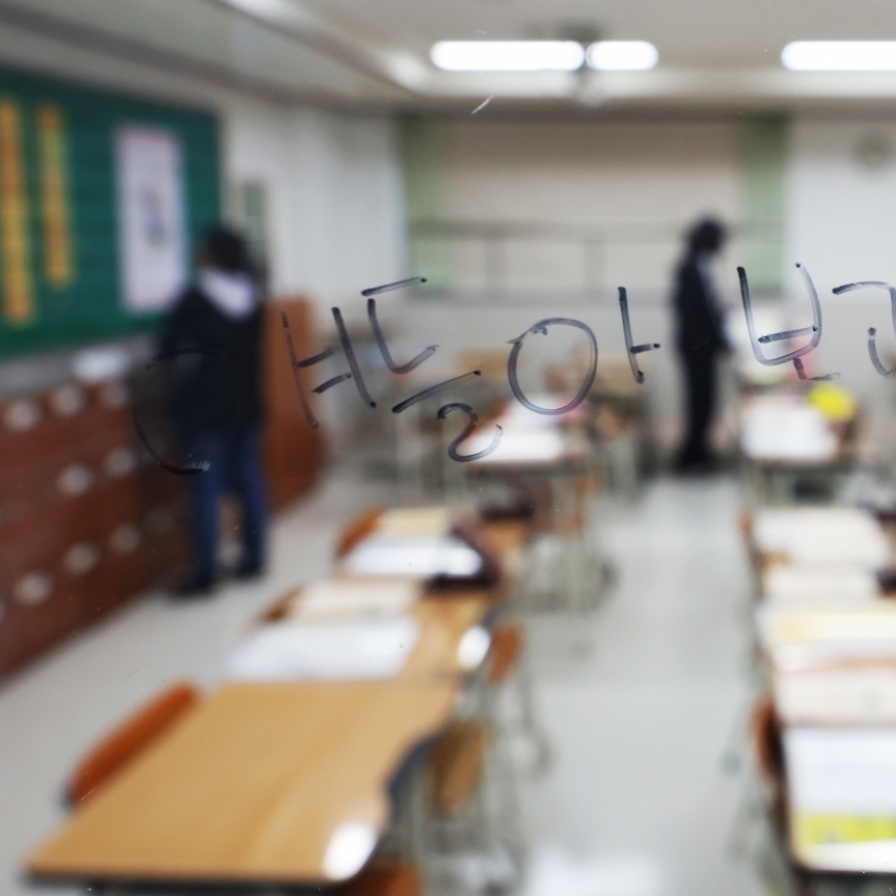Movie screenings to feature lives of ethnic Koreans in Japan
Last year, Japanese-Korean director Yang Yong-hi’s personal documentary “Goodbye Pyongyang,” a portrait of her own family, drew attention in Seoul for its complex and painful expose of ethnic Koreans living in Japan.
Seoulites will be given a chance to view more films about ethnic Koreans living in Japan this summer and learn about their history.
In commemoration of the upcoming Liberation Day on Aug. 15, the Northeast Asian History Foundation and Seoul Museum of History have together organized a special event featuring the last 100 years of ethnic Koreans in Japan.
The event, titled “The 100 Years of the Koreans in Japan,” consists of movie screenings, discussions and exhibitions. A total of eight films, all dealing with the lives of “zainichi” ― long-term Korean residents in Japan ― people, will be screened during the seven-day event.
According to Northeast Asian History Foundation, more than 800,000 people of Korea’s Joseon dynasty, mostly farmers, moved to Japan after the Korea-Japan Annexation Treaty in 1910. The farmers lost their land as the Japanese modernized land ownership and taxation structures. The number of Joseon immigrants in Japan increased to more than two million by the time of Korea’s liberation from colonial rule in 1945. Most of them worked as construction laborers and miners.

Luggage filled with items carried by Koreans who moved to Japan during the Japanese colonial era. (Northeast Asian History Foundation)
Although over 80 percent of the Koreans living in Japan wanted to return to Korea immediately after the 1945 liberation, some 700,000 of them could not afford to make their way back to their homeland. Things were turbulent and extremely expensive in post-liberation Korea. Even some of the people who made it back Korea had to smuggle themselves back into Japan, because they could not find a way to make a living in their hometowns. The Koreans who remained and their descendants suffered financial destitution and discrimination in Japan for a number of decades.
Last year, “Goodbye Pyongyang” told the story of the director’s father, who sent his three sons ― all in their teens at the time ― to Pyongyang in support of the Zainichi Koreans’ repatriation program in the 70s.
The man, originally from South Korea’s Jeju Island, became an avid supporter of North Korea after receiving financial support from the communist state in the 60s. He and his family were struggling in financial destitution at the time, along with many other ethnic Koreans.

A scene from Shohei Imamura’s 1959 film “My Second Brother.” (Northeast Asian History Foundation)
One of the eight films featured during the event, “My Second Brother,” is also based on a real-life Zainichi family. It tells the story of an ethnic Korean family living in an impoverished mining town in Kyushu, Japan. The 1959 film was made based on the diary of a young Zainichi girl, and deals with the family’s financial struggles, as well as their sense of identity as ethnic Koreans living in the foreign country. The piece is regarded as one of the first films to deal with the subject of the lives of Zainichi in Japan.
Scholars, movie critics and reporters from both Korea and Japan, including Korean-Japanese historian Lee Seong-si, will hold a discussion after the screening of the film.
Other notable films to be screened include Japanese director Kohei Oguri’s 1981 film “Muddy River,” a portrait of destitute ethnic Koreans in post-war Osaka in the ‘50s; Korean director Park Chul-soo’s 1999 film “Kazoku Cinema,” which is based on Korean-Japanese writer Miri Yu’s novel; and Korean documentary filmmaker Kim Myung-jun’s 2006 work “Our School,” which follows the lives of young Zainichi students attending a Korean-language elementary school in Hokkaido.
At the exhibition, some 449 items related to the lives of the ethnic Koreans in Japan will be on display. The Zainichi community has been extremely enthusiastic in supporting their home country throughout the years, according to the Northeast Asian History Foundation. They donated 54.1 billion won for the 1988 Seoul Olympics, established Shinhan Bank in 1982, and those from Jeju donated over four million mandarin orange seedlings to the island in the ’70s. The exhibition includes their living items, uniform of the legendary Zainichi baseball player Jang Hun, and the ID cards and documents of the early Zainichi people from the 1910s.
“The 100 Years of the Koreans in Japan” runs from Aug. 11 to 17 at Seoul Museum of History in Seoul. For more information and the full line-up of the screenings, visit www.historyfoundation.or.kr.
By Claire Lee (
dyc@heraldcorp.com)







